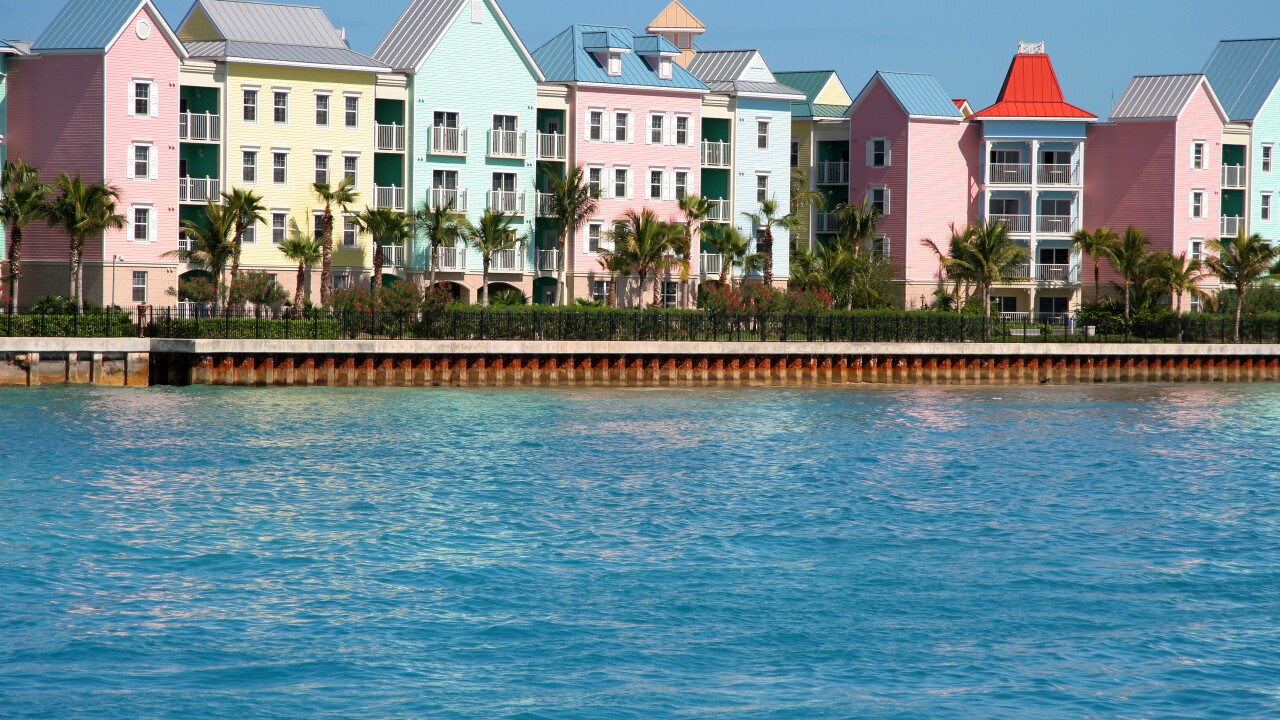The uncertain length of the coronavirus outbreak means a possibility that government-enacted policies to provide rent relief and temporary suspensions of evictions may continue to be a tool to aid housing tenants during 2021.
That means, of course, ongoing risks of cash-flow disruption for bonds held by investors in mortgage-backed securities collateralized by single-family rental properties.
Home Partners of America, in its second securitization of lease-purchase housing since the onset of the COVID-19 pandemic, has provided additional protective cushions to better insulate noteholders from risk as well as satisfy heightened ratings agency scrutiny on stress barriers of SFR MBS performance.
In the proposed $235.5 million Home Partners of America 2020-2 transaction, HPA has taken out a single loan secured by 838 single-family properties. According to a presale report from Moody’s Investors Service, HPA’s loan was underwritten to an unusually high debt-to-service coverage ratio of 2.86x, in comparison to most of HPA’s previous SFR securitizations to date.
In addition, the properties securing the loan are geographically diverse, “which reduces exposure to any single market that may be more affected by COVID-19,” stated Moody’s report issued Thursday.

“While such [government] policies have the potential of temporarily reducing cashflows to the trust, they will likely have limited impact,” according to Moody’s.
The HPA 2020-2 transaction follows the company’s June 2020 deal that securitized a loan with a DSCR of 2.28x, also in response to added COVID-19 risks. A previous deal in 2019 included a loan with a debt service ratio of just 1.55x.
The new deal, expected to close Nov. 13, carries a preliminary Aaa rating from Moody’s for a $108.26 million Class A tranche. Moody’s also rates three of six subordinate tranches of notes. (HPA plans to issue all but a Class G tranche that will be retained by the sponsor.)
The loan secured by the properties has an eight-year term with two one-year extensions, and will not amortize. The net asset value of the properties (by broker-price opinion) is $294.8 million. The homes are spread across 35 metropolitan areas in 18 states.
About 98.8% of the properties are leased by tenants that have also signed a right-to-purchase agreement, meaning they can buy the house at a premium from HPA at a later date. HPA works with borrowers who do not qualify for conventional mortgages, agreeing to acquire the house selected by the borrower and manage the property under lease/purchase terms.
“Tenants with right to purchase are therefore incentivized to maintain their properties well, and consumer-chosen properties may be in better school districts,” Moody’s report stated.
HPA is permitted to substitute up to 5% of the properties in the 2020-2 collateral pool as they roll off the lease rolls after a tenant purchase.





